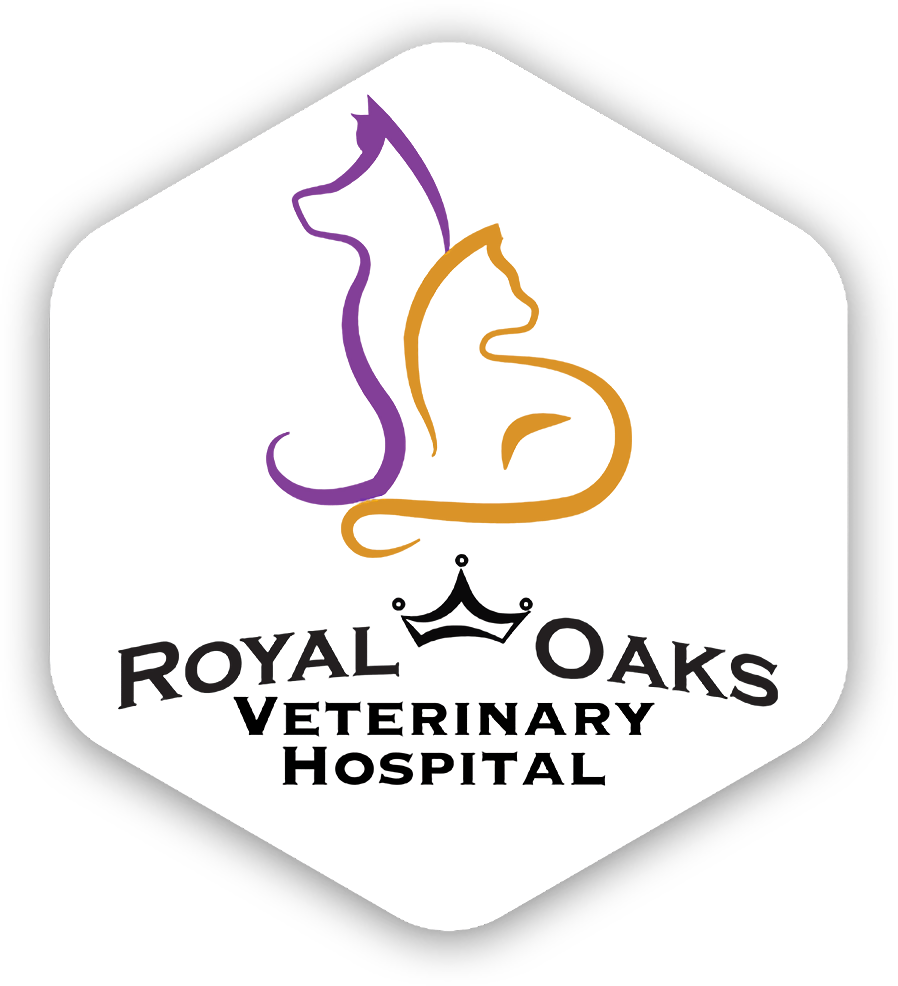Library
-
Spaying is the common term for the surgical procedure known as an ovariohysterectomy. In this procedure, the ovaries and uterus are removed to sterilize a female dog. This operation requires a general anesthetic and complications are rare. Spaying is recommended to prevent ovarian and uterine cancer, prevent unwanted pregnancy, and reduce the risk of mammary cancer and pyometra.
-
Canine grooming is important. Dogs should be kept clean, be brushed often, and get clipped as needed. If you want to do something more unique, like applying nail polish or hair dye, choosing a canine-approved product that is appropriately applied while the dog is monitored is highly recommended.
-
Strokes are rare in cats. Some causes include a blood clot such as a thrombus or embolus that lodges in a cerebral blood vessel, cerebral bleeding from trauma, or a blood clotting disorder; however, the cause is often unknown. Signs of a stroke are variable depending on the regions of the brain affected and the degree and duration of blood and oxygen deprivation. Magnetic resonance imaging is the ideal diagnostic test for diagnosing a stroke. Treatment is complex and there is no guarantee of complete success. Your veterinarian will help you assess progress and plan remedial action.
-
Many pets initially resist having their claws trimmed. This is partly because their paws are sensitive and partly because they are uncomfortable being restrained for the procedure. By taking the time to do some gentle, systematic training and conditioning, you can teach your pet to relax and accept nail trims as part of their regular health maintenance program.
-
Many pets are sensitive to being restrained for grooming. With slow progress and positive rewards, your pet can learn to accept or even enjoy having their teeth cleaned.
-
Sudden acquired retinal degeneration syndrome (SARDS) causes blindness in older dogs, most often females. The underlying cause of SARDS is unknown and there is no effective treatment for the condition. This handout explains the clinical signs observed in affected dogs, how the condition is diagnosed, and how to support a dog with SARDS.
-
Summertime is filled with lots of fun, but also follies. Besides the common threats of heat stroke and dehydration, pet owners need to be aware of the potential dangers associated with summer activities. Cookout fires can be dangerous and party menus often contain foods that can be harmful to pets. Outdoor celebrations that involve glow sticks or balloons can be threats as well. A quick review of possible follies will ensure a fun, safe summer with pets.
-
Summer is a great time to get outdoors and enjoy nature and the warm sunshine, especially with your pet. Pets are inquisitive and love to investigate their surroundings. Unfortunately, this trait can lead pets down the path of injury and illness. The following information will help you to avoid many summer dangers that can affect your pet.
-
Home care after surgery mainly involves the restriction of physical activity. Excessive physical activity often leads to injury or serious complications. Monitor the incision daily for signs of redness, swelling, discharge, or excessive licking, and never apply anything to the incision unless instructed to do so. To keep your cat from licking, your veterinarian can provide you with a protective collar or recovery suit. Your cat should gradually improve each day.
-
Home care after surgery mainly involves the restriction of physical activity. Excessive physical activity often leads to injury or serious complications. Monitor the incision daily for signs of redness, swelling, discharge, or excessive licking, and never apply anything to the incision unless instructed to do so. To keep your dog from licking, your veterinarian can provide you with a protective collar or recovery suit. Your dog should gradually improve each day.

